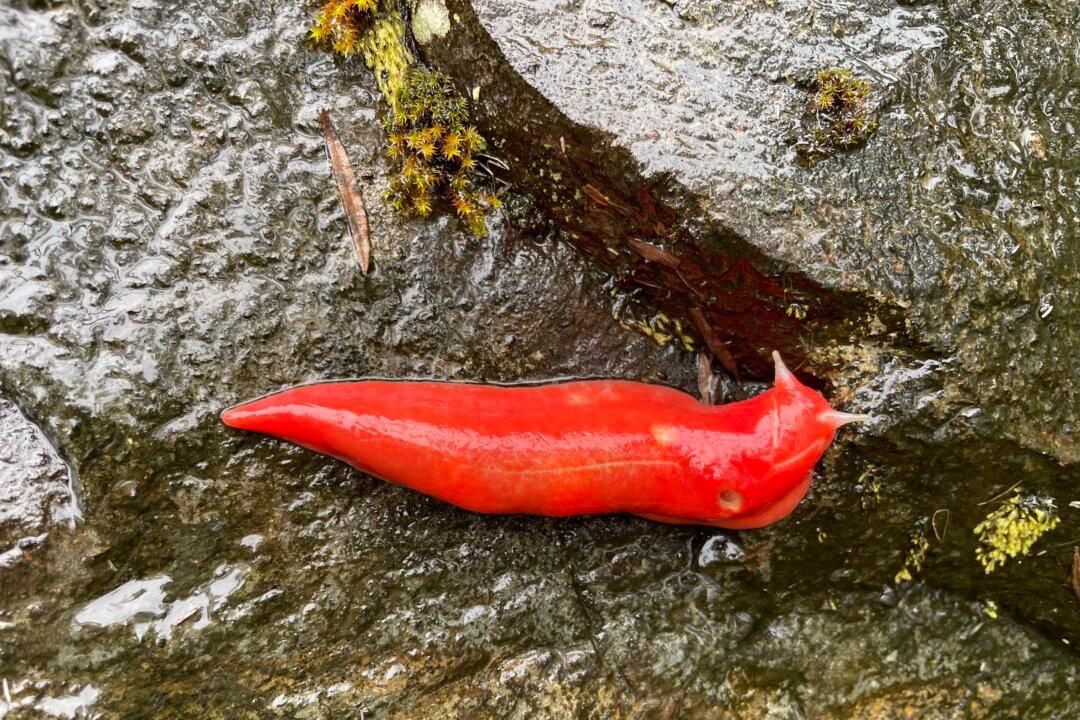In 2019, devastation struck New South Wales (NSW) when about 5.5 million hectares, or seven percent of its total area, was burnt during what became known as the Black Summer fire season. The total area affected was four times greater than the previous worst forest fires.
Over just a few months, 26 lives were lost, 2,448 homes were destroyed and the impact on communities, farmers, local businesses, wildlife, and bushland was unprecedented.





